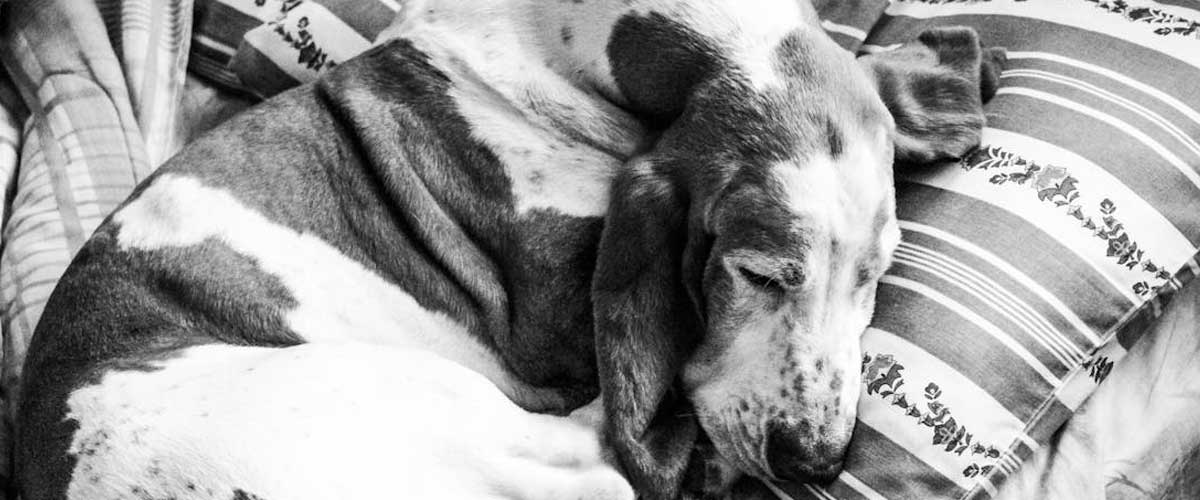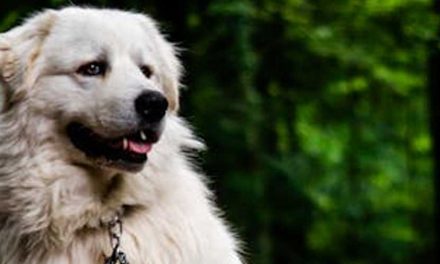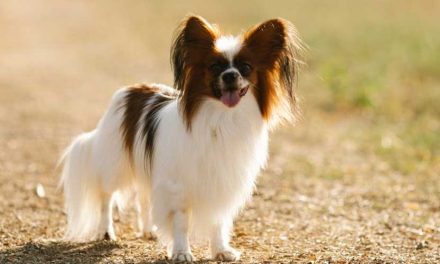The Porcelaine, known for its elegance and striking appearance, is a breed that embodies the rich hunting traditions of France.
Often referred to as the “Porcelain Hound” due to its delicate coat and graceful demeanor, this breed has captured the hearts of many dog enthusiasts worldwide.
History
The Porcelaine’s roots can be traced back to the 18th century in France, believed to be a descendant of sighthounds and other hunting breeds.
Primarily bred for big game hunting, these dogs were highly valued for their remarkable scenting ability and endurance.
Historically, Porcelaines were commonly used to hunt deer and wild boar in the vast forests of France, showcasing their prowess as agile and tireless hunters.
While the breed was quite popular in its early days, it faced a decline in numbers during the late 19th and early 20th centuries due to changes in hunting practices.
However, dedicated breeders worked tirelessly to preserve the breed, ensuring that the Porcelaine remains a cherished part of the canine world today.
Appearance
The Porcelaine is a medium-sized breed, typically standing between 20 to 24 inches tall at the shoulder and weighing between 50 to 60 pounds.
One of its most distinctive features is its strikingly beautiful, short, and glossy coat, which is primarily white with orange or lemon patches.
The breed’s long, slender legs and graceful, lean body contribute to its elegant appearance.
The Porcelaine’s facial characteristics include a long, narrow head, with large, expressive eyes that convey intelligence and alertness.
Its ears are long and droopy, adding to its overall charm.
The breed’s tail is long and tapering, often carried high when in motion, reflecting its lively and spirited nature.
Temperament
Porcelaines are known for their friendly and sociable demeanor.
They tend to be affectionate and loyal to their families, making them excellent companions.
These dogs are generally good with children and can get along well with other dogs, although their strong prey drive might lead them to chase smaller animals.
Early socialization is essential to help them develop into well-adjusted adults.
Although they are highly trainable, Porcelaines require a firm and consistent hand in training.
Positive reinforcement methods work best, as these dogs thrive on praise and rewards.
They are intelligent and eager to please, often making training sessions enjoyable for both the dog and the owner.
Exercise and Care
The Porcelaine is a high-energy breed that requires regular exercise to stay healthy and happy.
Daily walks, playtime, and engaging activities are essential to keep them physically stimulated and mentally sharp.
Because of their hunting background, they excel in activities that allow them to use their senses, such as tracking or agility courses.
Grooming needs for the Porcelaine are relatively low maintenance due to their short coat.
Regular brushing will help reduce shedding and keep their coat looking its best.
Routine health check-ups, a balanced diet, and proper exercise will ensure that this breed remains in good health.
Conclusion
The Porcelaine is a fascinating breed that combines beauty, intelligence, and loyalty.
With a rich history as a hunting companion, they continue to thrive as beloved family pets today.
For those seeking an active, friendly, and trainable dog, the Porcelaine may just be the perfect fit.
Whether out in the field or relaxing at home, this charming breed is sure to bring joy and companionship to any household.










